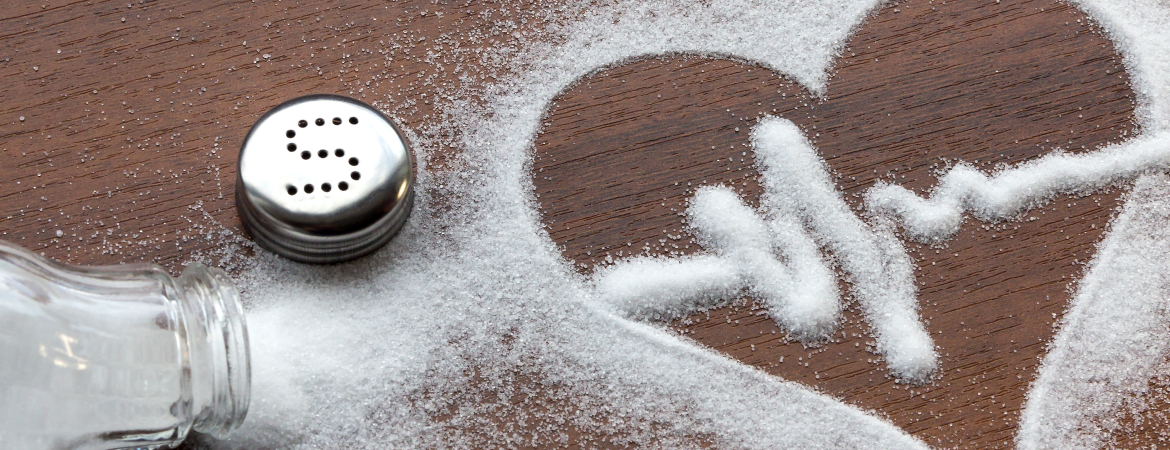
Salt is a silent killer
Salt is one of the most common ingredients in our foods. It's hidden everywhere. And we do mean everywhere! It’s even in bread and cereals.
On the other hand, almost all unprocessed foods are low in sodium, including vegetables, fruits, nuts, meats, wholegrains and dairy products. The great news for your health is that your body needs just a little salt to function properly.
What is the role of salt?
Salt is a flavour enhancer that also serves as a preservative. It contains chloride and sodium. The salt we do consume actually helps us as it’s essential for muscle relaxation and contractions, nerve impulse transmission and mineral and water balance in the body.
But… too much of a good thing
Your powerhouse kidneys can only do so much. When there’s excess sodium in your body, the kidneys struggle to keep up. As sodium builds up, the body holds on to water to dilute it. This increases the volume of blood in the bloodstream as well as the amount of fluid surrounding the cells. Increased blood volume means the heart has to work harder and puts more strain on the blood vessels. The extra work and pressure can cause blood vessels to stiffen, resulting in high blood pressure, heart attack and stroke. It also has the potential to cause heart failure.
Risk of osteoporosis
When you take in too much salt, your body loses more calcium through urination. Unfortunately, if you don't get enough calcium in your diet, your body will take it from your bones, increasing your risk of osteoporosis.
Good to know: too little salt can also be harmful. A low-salt diet is linked to low blood pressure, dehydration, low sodium levels and elevated blood fat levels.
You’ll know a food is low-sodium by checking the label for tags like, “low sodium, very low sodium, reduced sodium”. Check the sodium content of any products you're considering by looking for the sodium content per 100 grams or per serving.
The American Heart Association recommends a daily limit of no more than 2300 mg of salt and an ideal limit of no more than 1500 mg which is about 3/4 teaspoon.
But I want some flavour!
- Use spices and herbs to flavour your food instead of salt.
- Serve meals with a side salad for fresh flavours.
- Salt food at the table instead of straight into the pot.
- Before using canned vegetables, give them a rinse.
- You’ll get rid of excess sodium but there’ll still be some for taste.
Takeaway
If you have high blood pressure or heart disease, it’s important that you consult with your doctor and a registered dietitian to determine which type of eating plan is best for you.
References:
- https://health.ri.gov/healthrisks/salt/#:~:text=Salt%20(Sodium),-Most%20of%20the&text=Too%20much%20salt%20increases%20the,intake%20could%20prevent%20many%20deaths
- https://www.hsph.harvard.edu/nutritionsource/salt-and-sodium/
- https://www.healthline.com/nutrition/salt-good-or-bad#healthy-or-unhealthy
- https://www.everydayhealth.com/diet-nutrition/diet/salt-health-benefits-risks-types-how-cut-back-more/
Disclaimer
This article is for informational purposes only. Always check with your doctor or medical practitioner about any health concerns, before embarking on any fitness or nutrition programme, and usage of any medication.
